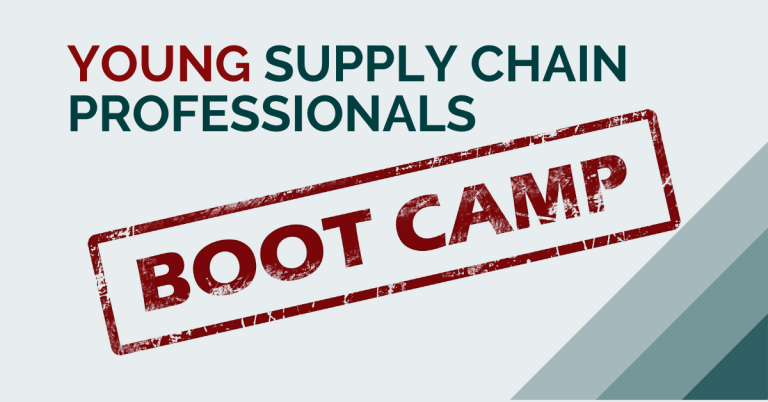Bootcamp for young Supply Chain professionals
In this highly interactive course we deal with the supply chain basics and focus on every step along the value chain, providing ideas to improve the efficiency in the end-to-end process.

In this highly interactive course we deal with the supply chain basics and focus on every step along the value chain, providing ideas to improve the efficiency in the end-to-end process.
Price for this 2 days training
PICS Belgium is a registered training center, recognized by the Flemish government. This means you can save up to 30% by using ‘KMO Portefeuille’. Our registration number is DV.O102417. When finalising your application, choose theme
Introduction to Supply Chain Management
Introduction to our Company Case Study
The Operational Purchasing Process
Strategic Planning – Tactical Planning -MPS
Operational Planning & MRP
Basic of Inventory Management
Basic Warehouse Dynamics and Management
PM: Transport & Distribution Management